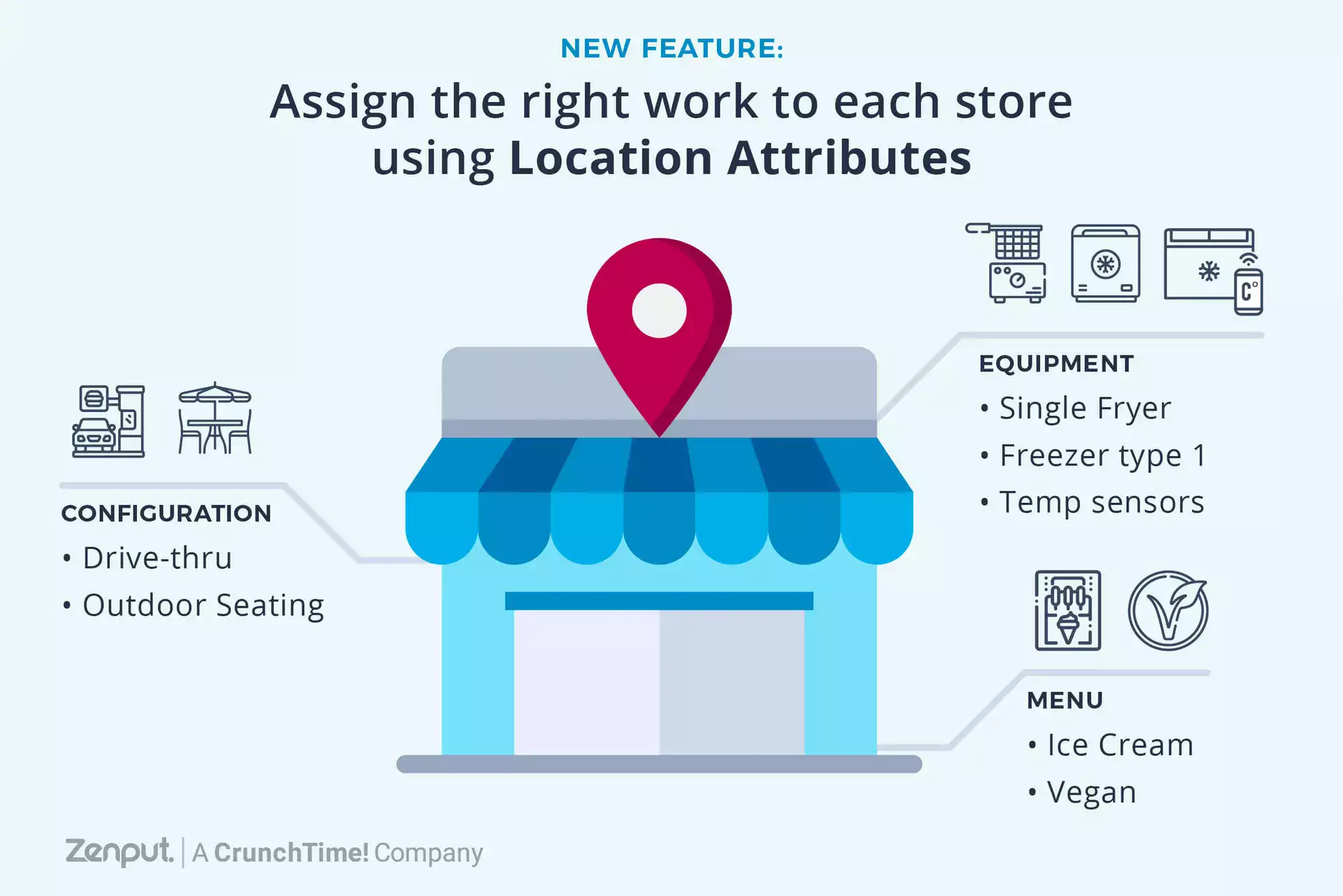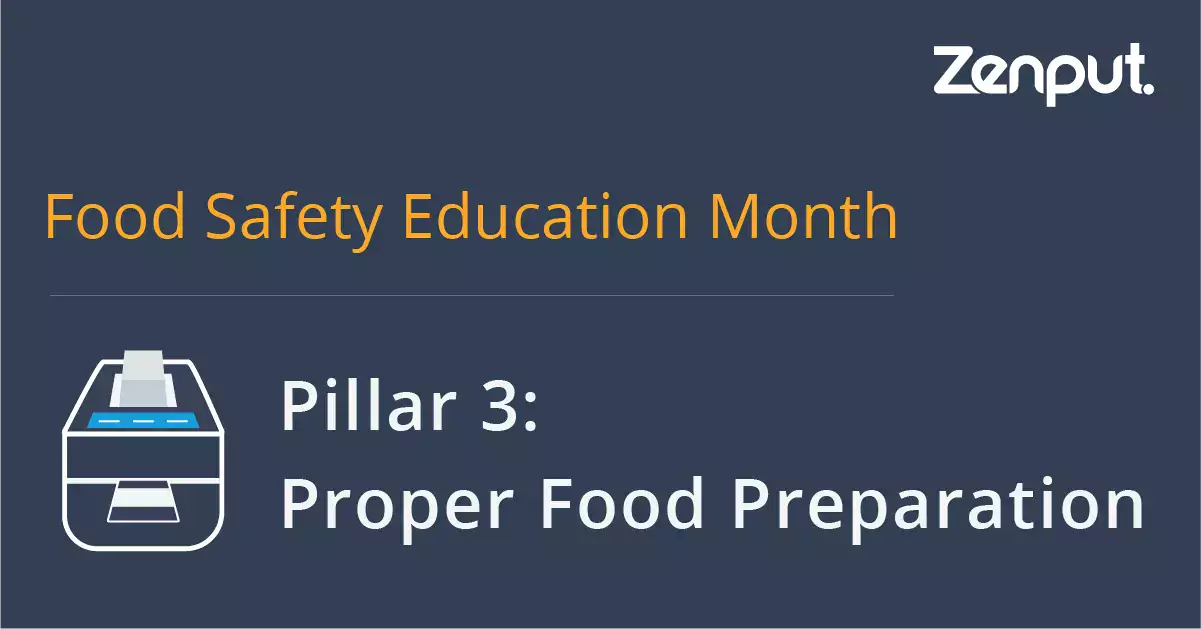I enjoy political discourse, and this upcoming election season won’t disappoint. I especially enjoy politics when it intersects with the industries Zenput interacts with: retail and consumer packaged goods.
Whether it’s Hillary stopping in for a Chipotle burrito (as previously mentioned in our blog about store video surveillance) or Chris Christie spending the equivalent of a luxury vehicle at Wegman’s supermarkets, it’s fun when politics and consumer habits intersect.
Wait just a second—Gov. Christie’s administration spent how much at Wegman’s? To be exact, it was around $76,000 over 53 trips, The New Jersey Watchdog reported. This story, of course, set off a firestorm on social media. No matter how you feel about politicians’ grocery bills, some people seem to forget—or perhaps don’t realize—that the Governor hosts events at his official mansion in Princeton and the administration picks up the tab for catering.
That’s right—Wegman’s, the supermarket chain, does catering! It also offers seating like a quick-service restaurant. When you factor in these services, you begin to realize that Christie didn’t just spend an exorbitant amount of money on CPGs like Cocoa Puffs and tomato sauce.
Channel Blurring With QSRs
Wegman’s—and supermarket chains like it—are becoming QSRs. Whole Foods is similar to Wegman’s in that it offers freshly made food and also offers cafe-style eating in its stores. Even when grocery stores don’t have the capacity for seating, they can draw QSR customers into their stores by offering competitively priced ready-to-eat or ready-to-heat meals. Supermarket chain Safeway takes a page right out of the QSR playbook, writes Steven Johnson, a grocerant guru at Foodservice Solutions. The grocery chain offers lunch combos and family-sized value meals. It’s not just the big players who stand to profit. Take for instance Green Zebra Grocery of Portland, Ore. This small business makes speciality paninis and sandwiches to order, as well as a prepared hot food and salad bar. Green Zebra also makes an effort to offer local and organic foods, and offer gluten-free options. I was recently impressed by a local Italian market. I was able to not only pick up a quart of milk, but pick up a ready-to-heat dinner—a very convenient option after a long day.Addressing the Challenges of a Dual Business
Of course, any grocery store that expands into freshly prepared foods has to be ready to deal with the challenges of operating a QSR in addition to the challenges of operating a retail operation. The businesses must compliment each other, the food options must be strategically placed in the store and well promoted. Items have to be accurately priced accurately for the point-of-sale, in order not to cause a Whole Foods-like scandal. A part of your workforce will likely be dedicated to running the QSR side of the business to ensure food quality and safety. Basically, accountability and communication increase whenever freshly made food is involved. Check out our other blogs on grocery and restaurant topics:Subscribe to our blog
You are now subscribed!


